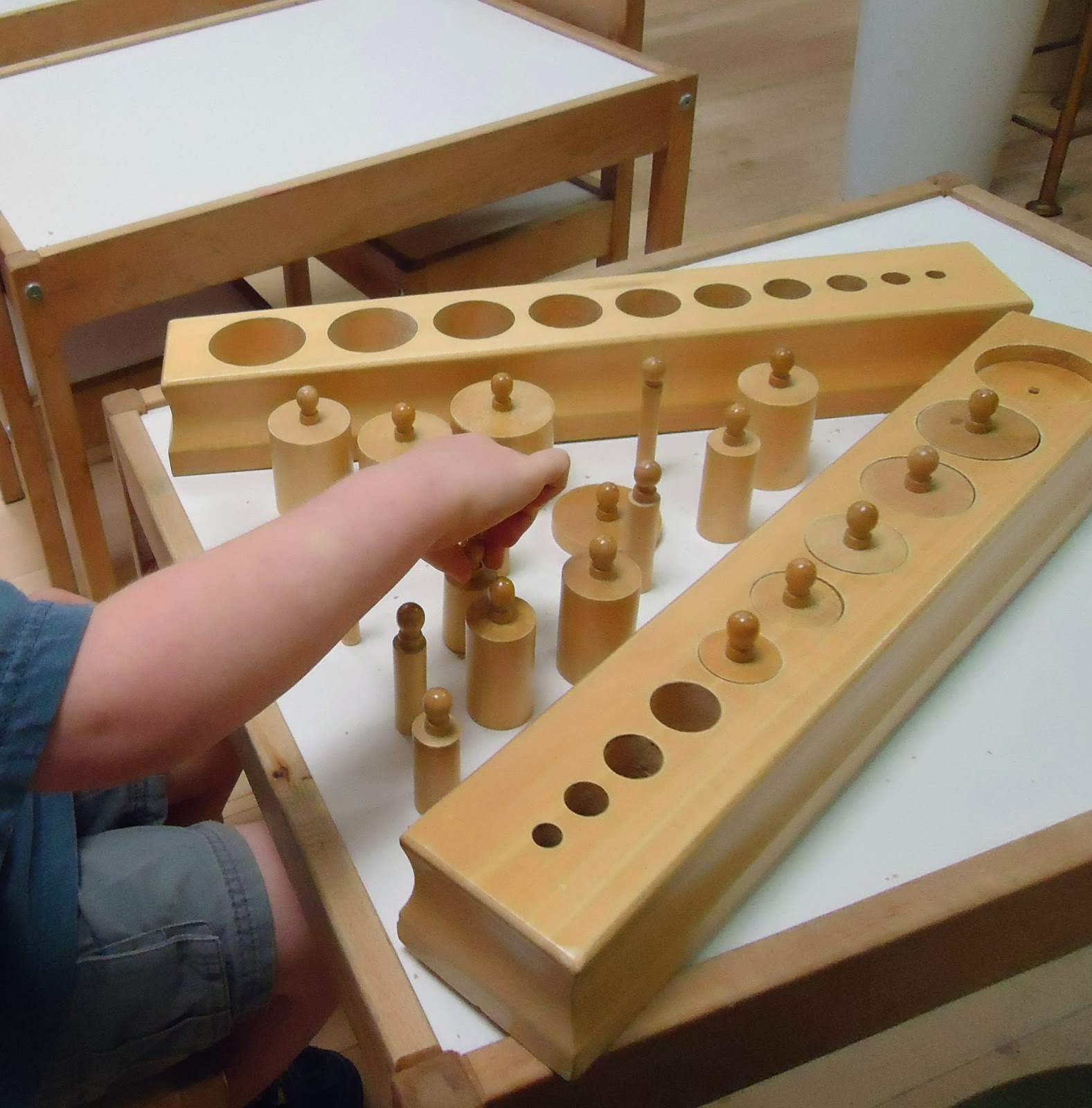It has been important to me that the art activities and lessons available to our students remain as open-ended as possible to foster creativity and understanding of differences. In the past, I have always spent a great amount of time preparing individual art lessons for the Art Shelves in our classroom. With the majority of our students being so new to the classroom this year, I wanted to leave the art activities as open-ended as possible. To that end, we have dedicated the entire bottom portion of our Art area for open-ended activities:
 |
| Open-ended art supplies: assortment of a papers; collage materials; tray with crayons, colored pencils, markers; tray in back with scissors, glue stick, glue sponge, and glue bottle. Barely seen in the far right are two trays which can be used for collecting various materials. |
I envision this space to be constantly changing based on the needs and interests of the children. In the past, I have noticed that a challenge arises for children if they have an idea to pin push the shapes of a botany puzzle, or wish to trace and color the cubes of the Pink Tower - we did not necessarily have the materials on the shelves and the children would then have to ask an adult for any needed materials. Having these readily available on the Art Shelf will eliminate this problem and enhance the children's independence by allowing them to carry out their ideas without much help from an adult.
For those of you who may be wondering, the top shelf of the Art activities include the following: play dough, kinetic sand, clay, paper cutting, and pin pushing. Also, I do still plan to periodically introduce seasonal, process-oriented projects but wanted to have these open ended materials available to the students at any time. I look forward to seeing the creations and watching them create extensions with the Montessori materials.
























































